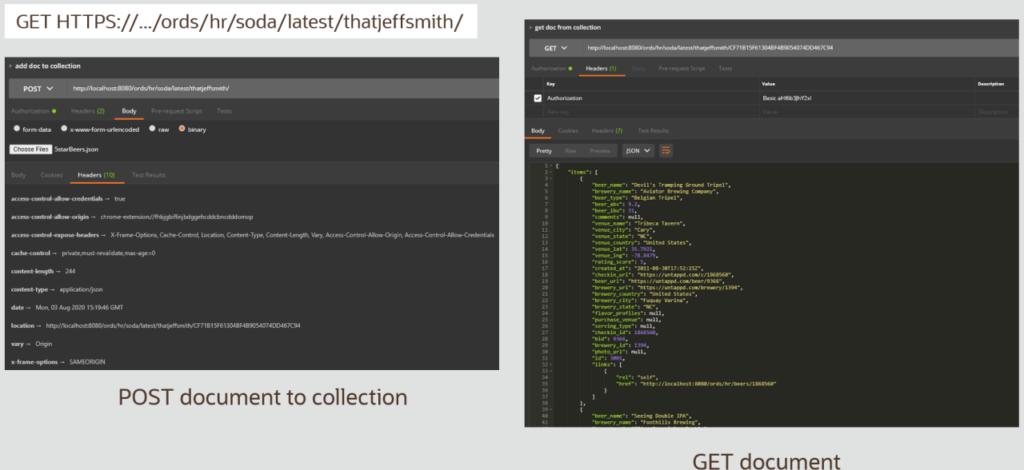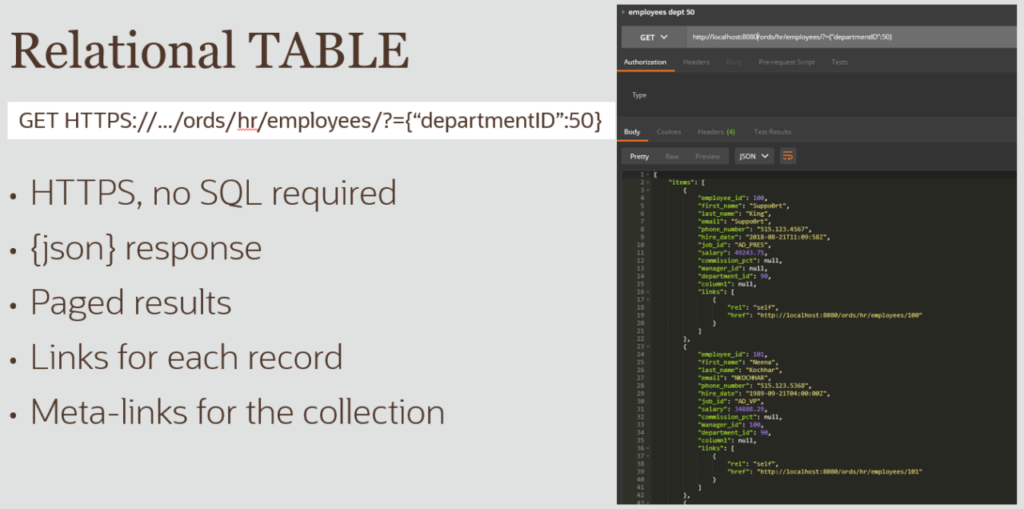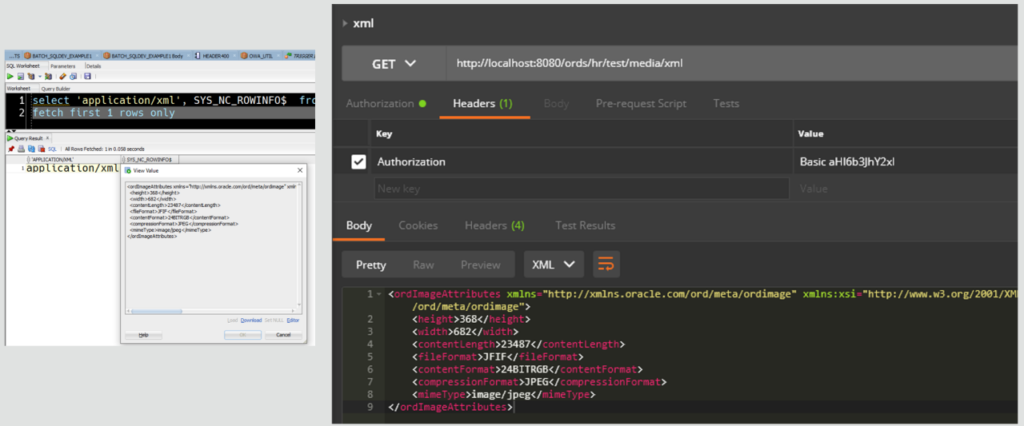If you need a primer on the concept of what a ‘Converged Database’ is, I reccommend the following:
- Maria Colgan’s series on her blog
- Executive Vice President Juan Loaiza’s presentation
I’m including Juan’s talk here – it’s less than 5 minutes and worth the watch.
TL/DR;
I know, it should be TL/DW; (too long, didn’t watch).

“A wonderful, magical animal“
But just in case you’re scanning this versus deep-reading, let me sum up. Instead of implementing multiple database technologies, one for each feature required (json documents, spatial, relational, media, text, etc.), you can instead take advantage of a single database management system that supports all of those, AND ALSO provides a single SQL interface.
In case you’re not already aware, we’re talking about Oracle Database!
A critical component for making a converged database viable, is having a single set of libraries, drivers, and APIs across all of the different types of data and workloads.
In addition to a single SQL engine, there is another another critical interface required: HTTP(S), or more specifically, REST via HTTP(S).
It’s not necessary for a developer to be fluent with SQL to take advantage of a database. If they can work with HTTP, then they can use an Oracle Database for it’s unrivaled performance, scalability, security, and general feature set.
Access all the things with ORDS REST APIs
Your core database developers or DBAs can easily leverage existing PL/SQL APIs or their SQL scripts to quickly deploy performant AND secure REST APIs for their development teams.
Let’s take a quick look at a few types of things you might want to take advantage of in an an Oracle Database.
JSON Document Store (SODA)? YES.

Relational Data? YES.

Spatial? YES.

I’m admittedly a n00b when it comes to working with spatial data. But you know who isn’t? Friedhold Matz, an Oracle consultant in Germany has some pretty cool examples of what one can do with an Oracle Database, the right data, and programming skills.
CSV, XML, Media content? YES, YES, and YES!

Rich media, as well – PDFs, GIFs, MP4s, whatever content your browser or mobile apps can handle.

Cutting edge analytics and machine learning algorithms? That’s a BIG YES.
The interface to these algoithms and mathematical functions are available with native SQL and PL/SQL calls – the same SQL and PL/SQL you can use to power any REST API served up by ORDS with an Oracle Database.
I highly recommend you read Oracle ACE Director Brendan Tierney’s excellent overview of using REST APIs to take advantage of Machine Learning Models in Oracle Database.

Remember the Core Mission of ORDS

No java or python to learn – built completely with SQL & PL/SQL. It’s HTTPS, so immediately available from all of your automation tasks, mobile apps, websites, and anything else that speaks the language of the Web.






